DIY processor and PC: project BMOW 1
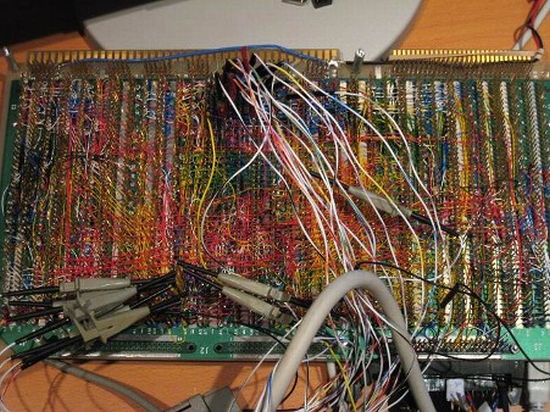
An unknown engineer Steve Chamberlin (Steve Chamberlin) decided to change the generally accepted view that it is impossible to create a processor with his own hands. More precisely, the processor is a rather complicated PC that could duplicate the functions of 8-bit computing devices that became popular in the early 80s. At the beginning it was a small project, which eventually grew into something more. Now BMOW 1 is a full-fledged PC based on a home-made processor that runs programs that has a keyboard, VGA-video, audio system. Software environment for BMOW 1 - Basic.
The processor, created by Steve Chamberlin, consists of dozens of simplest logical chips, so not everything in this PC is wire and textolite. However, it was all collected by hand, which took Steve several years. As mentioned above, at first he wanted to simply create a processor assembled independently, but in the end it was decided to create a working PC that could perform certain tasks.
')
Steve set himself several goals, all of which were fulfilled:
- to create a processor from simple elements, 7400 series chips were used, without components of the 6502, Z-80 series, etc .;
- reduce the complexity of the hardware to a minimum;
- the computer had to run "real" programs, not being a purely "toy";
- the processor should be an element of a full-fledged PC system;
- the system must be fast enough for interactive launch and operation of programs.
The idea itself arose from Steve in November 2007, and the engineer began implementation in February 2008. In April 2008, the BMOW 1 system was launched for the first time, to which our creator was extremely happy. Gradually, VGA-video, audio-system, BASIC, bootloader were added, which allowed to interact with the connected PC. After a while, BMOW 1 became difficult enough to support difficult programs. The main work on the creation of BMOW 1 was completed in February 2009, the PC has been finalized to date.
Here are some details about the device configuration:
- The current frequency of the processor is about 2 MHz. The processor can be "overclocked" to 3 MHz (theoretically, not yet tested);
- 512 KB RAM, 512 KB ROM;
- energy consumption of 10 watts, 2A at 5V;
- the picture on the "output" has a resolution of 512 * 480, two colors, or 128 * 240 - 256 colors;
- audio - three-channel sound generator;
- a regular keyboard with a PS \ 2 connector;
- additional display for text output, 24 * 2 characters;
- 1250 wire conductors, i.e. about 2500 compounds;

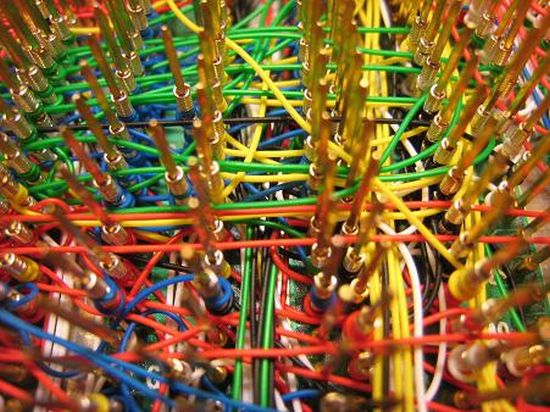
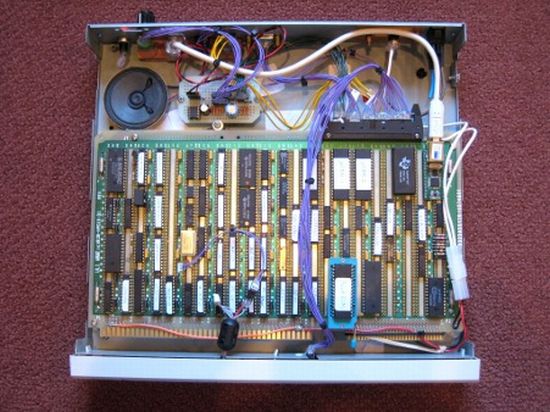

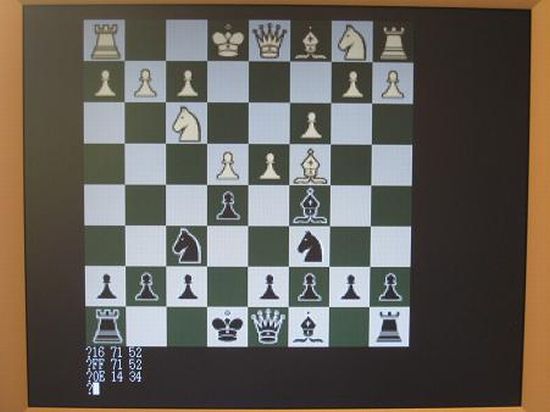
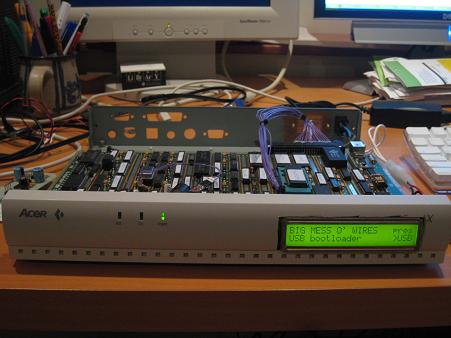
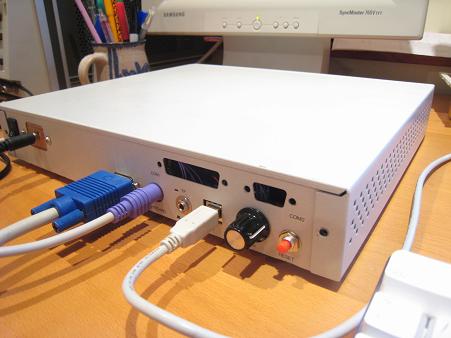
Other details - on the website of the author .
Source: https://habr.com/ru/post/118919/
All Articles